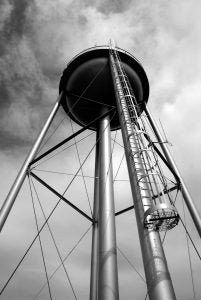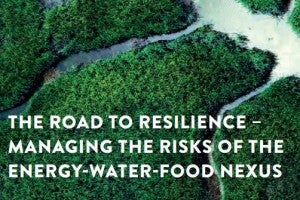 When you prepare the Thanksgiving meal, do you ask each person to make a dish of their choosing, with no coordination for an overall cohesive meal? Probably not. Most likely, you plan, because you want everything to fit together.
When you prepare the Thanksgiving meal, do you ask each person to make a dish of their choosing, with no coordination for an overall cohesive meal? Probably not. Most likely, you plan, because you want everything to fit together.
Now imagine a water utility with different departments like water quality, finance, and administration. Most water utilities have high energy costs, so each department needs to manage and reduce its energy use – but typically there’s no plan to synchronize these efforts. With such a piecemeal approach, the utility may get overall energy savings, but it’s not maximizing the potential to meet ambitious efficiency goals or reduce power costs.
Enter the Energy Management Plan (EMP), a tool that sets up an organization-wide strategy for energy use. By creating a coordinated vision, an EMP establishes clear efficiency goals and gives departments the flexibility and direction for meeting them. That’s what this summer’s EDF Climate Corps fellow focused on at Tarrant Regional Water District (TRWD), which supplies water to 2 million users in the Fort Worth area. The TRWD fellow found opportunities where an EMP could improve the utility’s energy efficiency and management, leading to potential savings and less wasted water. Read More
 Dustin McCartney, senior data analyst at Pecan Street, co-authored this post.
Dustin McCartney, senior data analyst at Pecan Street, co-authored this post. This year has seen historic flooding across the South. In addition to the devastating rains that recently hit Louisiana, severe floods
This year has seen historic flooding across the South. In addition to the devastating rains that recently hit Louisiana, severe floods  Olympic Games are historically about gold, silver, and bronze – not green. Even the
Olympic Games are historically about gold, silver, and bronze – not green. Even the 
 You probably have some sort of insurance – for your healthcare, car, house, or apartment. Acting on climate change is also like insurance. It is all about managing the risks.
You probably have some sort of insurance – for your healthcare, car, house, or apartment. Acting on climate change is also like insurance. It is all about managing the risks.